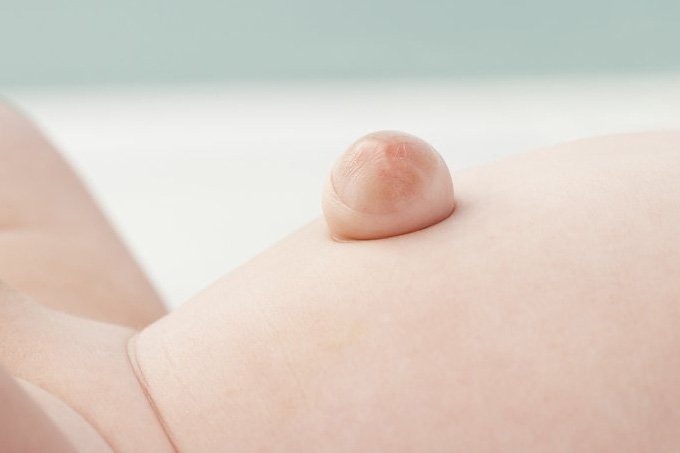
Introduction:
An umbilical hernia occurs when fatty tissue or a part of the bowel pokes through into an area near the navel (belly button). It pushes through a weak spot in the surrounding muscle wall (abdominal wall). Umbilical hernias are very common in infants, with one in 10 young children being affected. They are especially common in babies who are premature (born early).
It may get bigger when laughing, coughing, crying or going to the toilet and may shrink when relaxing or lying down.

The causes of umbilical hernia are different across age groups.
Infants: As the fetus develops in the womb, a small opening forms in the abdominal muscles. This opening allows the umbilical cord to pass through. This connects the woman who is pregnant to the baby.
Around the time of birth, or shortly after, the opening should close. If this does not happen completely, fatty tissue or part of the bowel can poke through, causing an umbilical hernia.
Adults: If there is too much pressure on the abdominal wall, fatty tissue or a part of the bowel can poke through a weak section of abdominal muscle. Individuals at high risk are more likely to experience higher-than-normal pressure in areas where fatty tissue or parts of the gut can protrude.